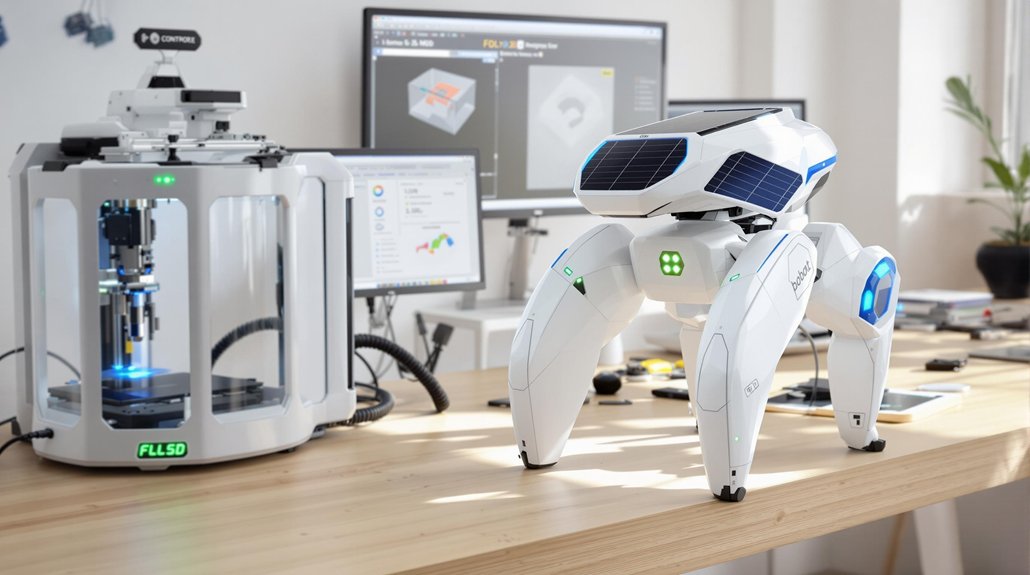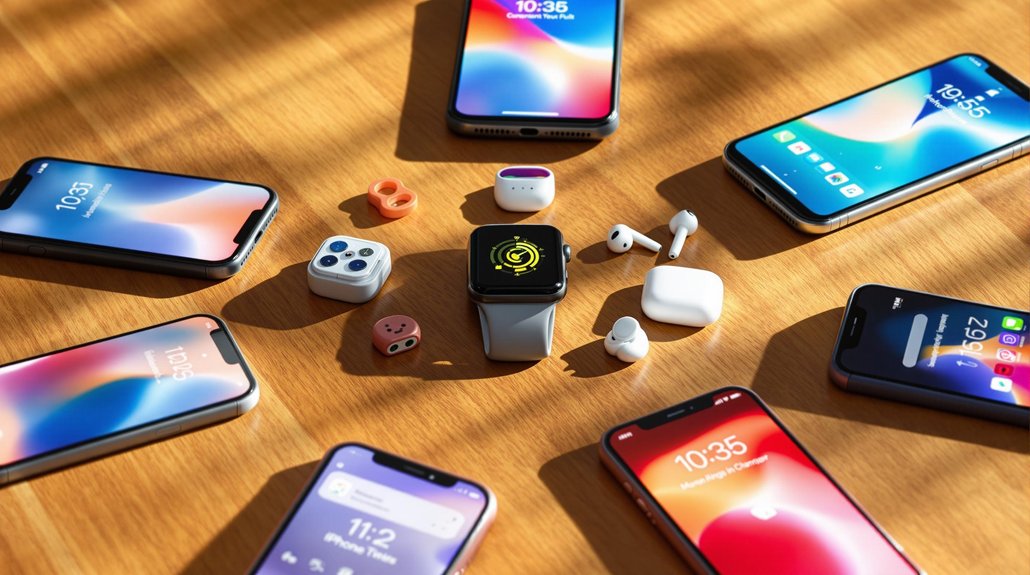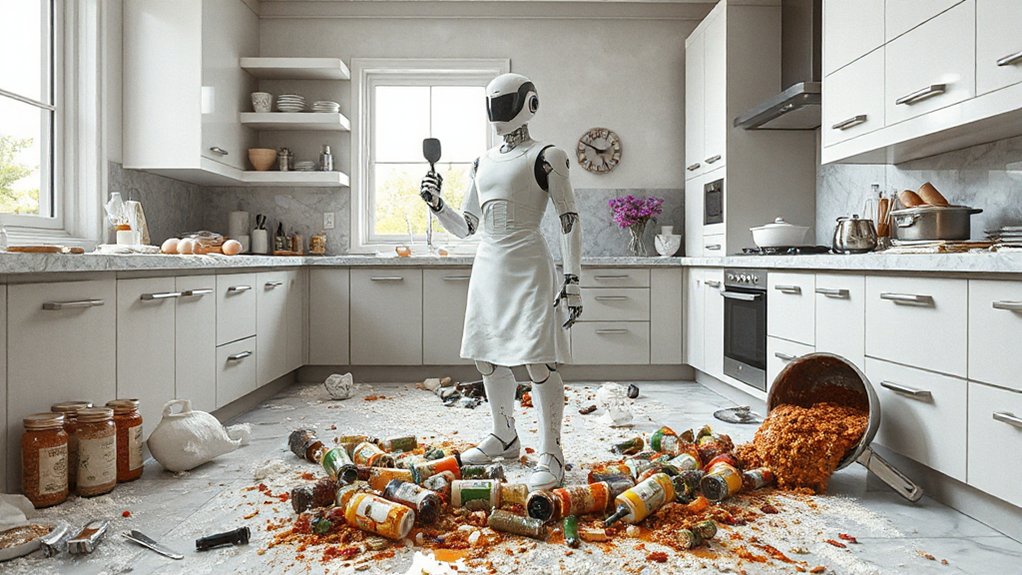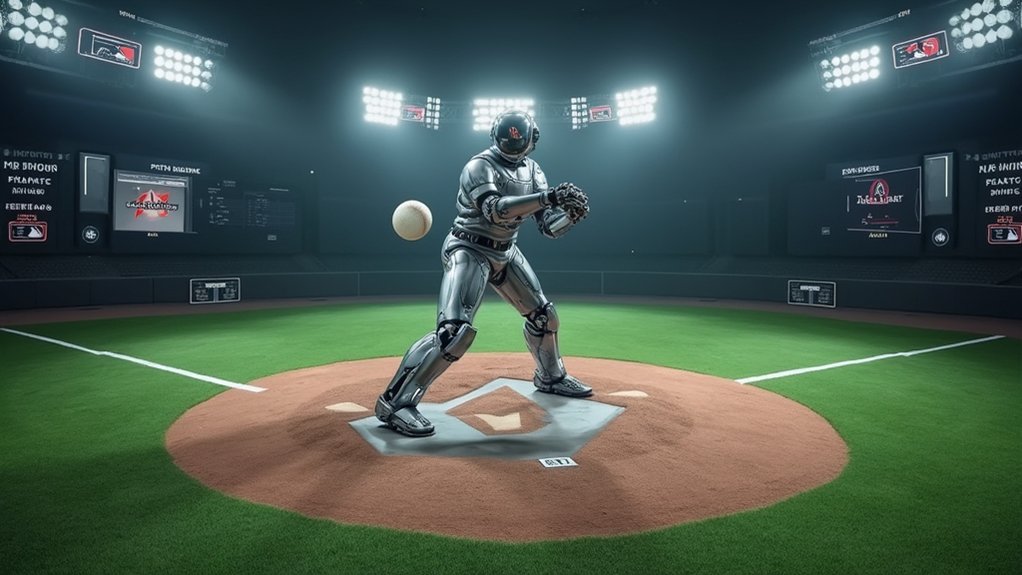A groundbreaking AI system now turns text descriptions into fully functional robots within 24 hours. The technology combines text-to-3D models with physics simulations to create designs that can be 3D printed and assembled quickly. It runs tests to verify performance before production. This breakthrough makes robotics accessible to non-experts like educators, researchers, and hobbyists. The innovation dramatically reduces development time from months to just one day. The implications for healthcare, manufacturing, and education could be transformative.
A groundbreaking technology is transforming how robots are created, allowing people to turn simple text descriptions into fully functional robots within 24 hours. This new system uses text-to-3D generative models to convert written descriptions into physical robot designs in just minutes, considering real-world physics and manufacturing requirements.
The technology combines advanced algorithms with evolutionary techniques to optimize robot designs. These algorithms fine-tune the robot’s shape, movement capabilities, and control software to meet specific user requirements. The system focuses on creating energy-efficient designs with accurate movements while guaranteeing durability. Developed by engineers at Duke University, the technology won first place in the innovation category at the Virtual Creatures Competition.
What makes this innovation remarkable is its rapid prototyping ability. After generating a design, the system runs simulations to test performance within an hour. The design can then be 3D printed and assembled into a working robot within 24 hours of the initial text input. This dramatically reduces the time traditionally needed to develop custom robots.
The technology carefully considers manufacturing constraints during the design process. It accounts for electronic component placement, joint functionality, and material properties to guarantee the final product works as intended. This attention to real-world limitations makes the robots immediately functional after assembly.
Before physical production, extensive simulations test the robot’s walking patterns, energy usage, and overall performance in virtual environments. These simulations accurately predict how the robot will function in real-world situations, eliminating the need for repeated physical testing. Similar to how machine learning identifies health risk patterns in healthcare, these simulations can predict potential mechanical failures before they occur. The Text2Robot system primarily focuses on quadrupedal robots that match user-specified aesthetic and performance preferences.
Perhaps most importantly, this technology makes robotics accessible to people without technical expertise. The user-friendly interface allows researchers, educators, hobbyists, and students to create custom robots using simple text commands. This democratization of robotics could lead to innovations across healthcare, manufacturing, and education.
As this technology continues to develop, it promises to transform how specialized robots are created and deployed. By reducing costs and development time, more people can explore robotics applications, potentially driving significant advancements in both artificial intelligence and automation technologies.









